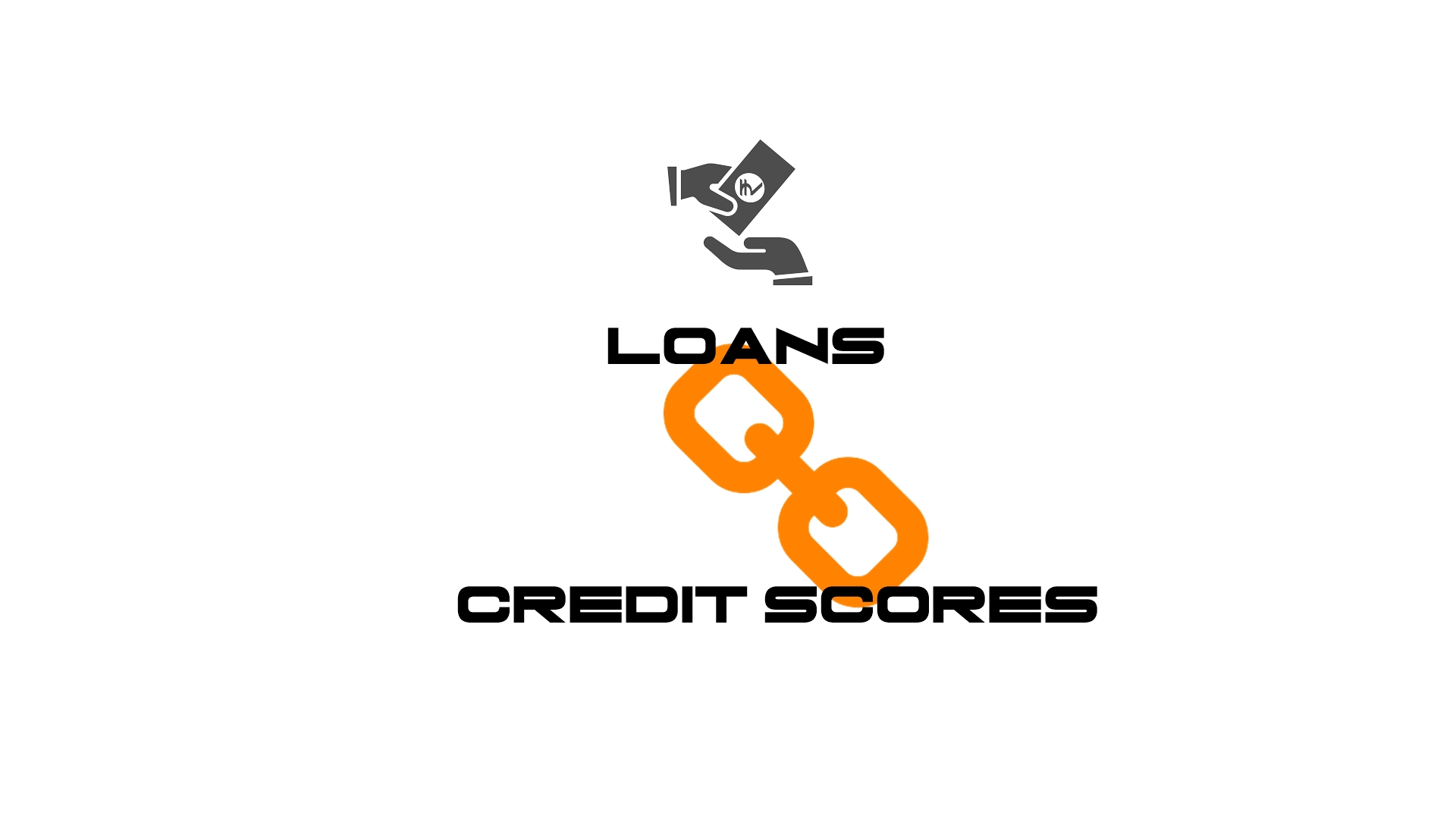Three public-sector lenders — Bank of Baroda, Union Bank of India and Syndicate Bank — have taken the first steps in transparently segregating retail loans into their own versions of prime and subprime risk exposure, using third-party credit scores of potential borrowers to offer them different home-financing rates.
Under the new external benchmarking regime, Bank of Baroda, for instance, will be using three credit score slabs from the Credit Information Bureau (India) Ltd to price new home loans. Customers with high credit score, defined in excess of 760 out of a maximum 900, will pay 1% lower interest compared with those reporting scores in 675-724 range — the lowest score slab at which loans will be offered.
Customers logging scores above 760 will now pay 8.1% on new loans at Bank of Baroda, while those in the third slab will pay 9.1%. The cost of financing for those falling in the middle, with credit scores between 725 and 759, will be 8.35%.
These floating rate loans at Bank of Baroda are linked to an external benchmark, and the interest rate would not depend upon either the quantum or duration of loans. All three lenders will use credit scores provided by Cibil.
With the RBI now allowing high-street banks to charge a credit risk premium over external benchmarks to compute effective interest rate, credit scores of borrowers are expected to become even more crucial in determining retail mortgage costs. From October 1, banks have adopted external benchmarks for pricing their new floating-rate retail loans.
In the future, credit scores through the life of a loan will be as important as those recorded at its approval. On a ₹50 lakh loan carrying an interest of 9.1% per annum, a 100 bps downward revision can reduce EMI by ₹3,380 and total interest outgo by nearly ₹10 lakh over 25 years.
If, after one year, the borrower improves her credit score, the risk premium will go down. Conversely, it could go up if a borrower’s credit score drops below 760.
Similarly, Syndicate Bank, which is merging with Canara Bank as part of the broader re-organisation of public sector financiers, has decided to increase the credit risk premium if a borrower’s Cibil score were to drop by more than 50 points.
Interest rates could also change based on the deterioration in credit profile — if the borrower has delayed EMI payments for more than 30 days three times in the preceding one year.
Union Bank of India, which is expected to be the lead bank in a proposed three-way merger, will charge 10 bps more to customers with credit scores below 700.
Besides Cibil, there are other credit information companies such as Equifax, Experian and CRIF Highmark generating scores to assess borrower creditworthiness. These scores are based on data provided by banks and other participants on borrowers’ payment track record on earlier loans and utility bills, among other things.
In case of Cibil, these scores range from 300 to 900, with 900 indicating a high level of creditworthiness and 300 pointing to the exact opposite.
To be sure, Citibank has already adopted the three-month Treasury bill yield as its benchmark, while other lenders are using the repo rate.
Some banks have stuck to an internal credit assessment, while others have chosen to use external credit scores. State Bank of India will adhere to its internal risk grading approach. SBI categorises borrowers into six risk grades, ranging from one to six, across salaried and non-salaried groups. Borrowers in the RG 4-6 bands will have to shell out 10 bps more than others.
ICICI Bank has said that interest rates for customers will vary in line with the bureau score.
Industry-watchers say that internal grading models for loan pricing might not pass the transparency test.


